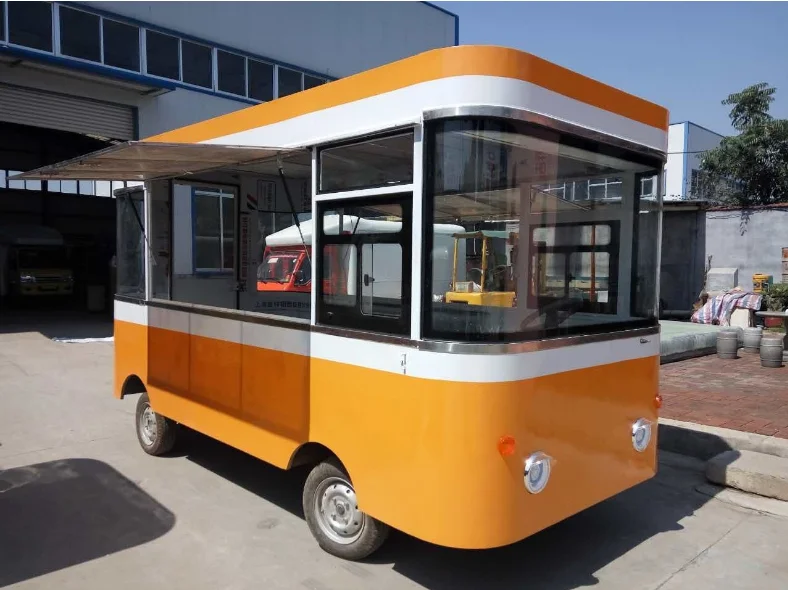
For well over a century, the mobile food vending cart has been a part of the urban landscape. Originally selling fruits and vegetables, the food cart vendor has expanded to many ready to eat meals, snacks, drinks, desserts and on the go lunches. From busy city intersections, beaches, parks and outdoor malls, the food vendor has provided a product to a populated area. But more than just selling an item, the food cart has become part of the ambience of the congregation area.
Those looking into the mobile food vending business will look for certain features in food carts for sale. First, most will look for solid construction. This is for a number of reasons. Doors will be open and closed repeatedly and on a daily basis.
If it is a cart where the vendor stands, it must withstand the weight and pressure of multiple people for hours at a time. It will also need to be transported on a daily basis to the site of sale. People looking for such a cart will normally prefer a strong metal, tubular construction but yet at a light enough weight for portability.
Second, appearance is a crucial factor in design and construction. Something to catch the eye of the potential customer is needed to attract sales. The two main components for the aesthetic canvas are the side panels and the canopy. The panels should come in a number of colors, and also be made in such a way as to affix a logo or product picture. The canopy may be the most prominent feature and the first component to catch someone’s eye. This is why quality sellers provide for customization of the canopy.
Finally, safety and health standards must be considered in the design. If any food prep is performed on site, fire and electrical codes must be followed. With any type of food product being sold, there will be state or municipal regulations in effect for meeting health and sanitary regulations. The potential vendor should inquire with the cart seller as to whether common health and safety codes were considered during the design and construction phases.









